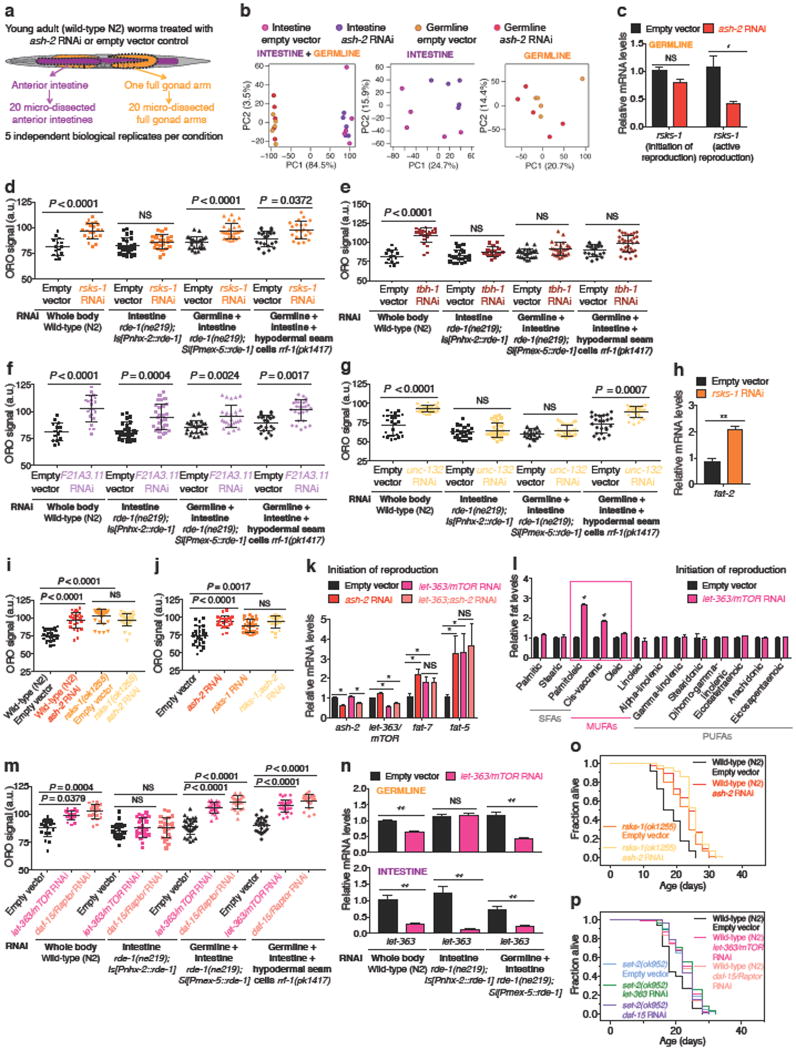Extended Data Figure 3. RNA-seq on micro-dissected germlines and intestines and functional validation of ASH-2 targets.
a, RNA-seq tissue sample collection pipeline. b, Principal component analysis (PCA) with both intestine and germline samples (left), only intestine samples (middle), or only germline samples (right). c, RT-qPCR. Mean ± s.e.m. of 2 independent experiments, each with 2-3 biological replicates. d-g, ORO quantification. Mean ± s.d., n ≥ 15 worms per condition. h, RT-qPCR. Mean ± s.e.m. of 2 independent experiments, each with 3 biological replicates. i-j, ORO quantification. Mean ± s.d., n ≥ 21 (i) and n ≥ 27 (j) worms per condition. k, RT-qPCR. Mean ± s.e.m. of 2 independent experiments, each with 3 biological replicates. l, GC-MS. Mean ± s.e.m. of 2 independent experiments, each with 3 biological replicates. m, ORO quantification. Mean ± s.d., n ≥ 19 worms per condition. n, RT-qPCR. Mean ± s.e.m. of 2 independent experiments, each with 3 biological replicates. o, Lifespan extension by ash-2 RNAi is reduced in rsks-1(ok1255) mutants (13.12%) compared to wild-type worms (29.20%) (P < 0.0001, two-way ANOVA). p, let-363/mTOR RNAi and daf-15/Raptor RNAi extend lifespan in wild-type worms (P < 0.0001, log-rank), but not in set-2(ok952) mutants. d (except rrf-1 data), i-j, Representative of 2 experiments. P values: c, k, l, n, Two-tailed Mann-Whitney with Benjamini-Hochberg correction; h, Two-tailed Mann-Whitney; d-g, i-j, m, Kruskal-Wallis with Dunn's correction. * P < 0.05, ** P < 0.01.

